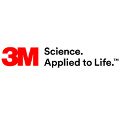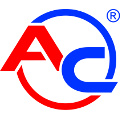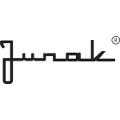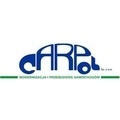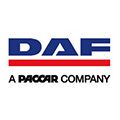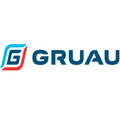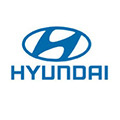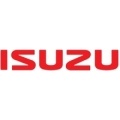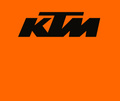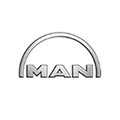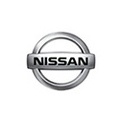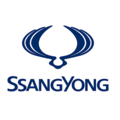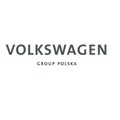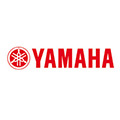10_18 Cost limit for intangible services. What expenses can be classified as tax-deductible costs?
At the beginning of 2018, new regulations came into force, severely affecting manufacturers belonging to large automotive corporations. The legislator supplemented the CIT Act with provisions on a cost limit for intangible services. Their aim is to limit activities that result in an unjustified transfer of profits between companies within one group. The limit may significantly affect tax settlements of manufacturing companies located in Poland that belong to international groups – such entities often pay significant fees for patents or know-how acquired from the group.
In principle, the regulation applies to all expenses incurred to purchase intangible services from related parties. These expenses can be classified, without limitation, as tax-deductible costs only up to the amount of PLN 3 million, which is in fact a “tax-free amount”. Above this threshold, the costs are limited to 5% of the taxpayer’s EBITDA. In other words, expenses incurred for intangible services purchased from the group cannot be classified as tax-deductible costs in the part in which they exceed PLN 3 million plus 5% of EBITDA.
Expenses that are subject to the limit include e.g. costs of market research, advertising services, management and control, data processing, insurance, guarantees and sureties and similar services. The limit also includes fees for author’s economic rights or related rights, licences, industrial property rights (including industrial designs, inventions, trademarks), know-how, as well amortisation charges on these intangible assets.
This means that the cost limit for intangible services generally covers a wide range of services. Nevertheless, the legislator has introduced a number of exemptions, allowing – under certain conditions – some categories of intangible service expenditures to be classified entirely as tax-deductible costs. From companies’ perspective, the most important exemption concerns costs directly related to the production of a good or provision of services.
In practice, in order to apply an exemption, taxpayers first need to analyse their agreements to determine whether the new regulations on the cost limit for intangible services apply to their expenses towards group entities. If the answer is yes, a further analysis must be carried out to establish whether the expense can be classified as directly related to the production of a good (or provision of services) and, consequently, whether it can be classified as a tax-deductible cost without limitations.
The legislator, however, has not defined the term “directly related to the production of a good or provision of a service”. Another difficulty in classifying expenses is the fact that interpretations of the provisions on the cost limit for intangible services are not consistent.
Fortunately, an analysis of past practice provides some general indications as to the meaning of direct relation between a cost and the production of a good or provision of a service.
First of all, it should be emphasised that tax-deductible costs directly related to production of goods do not have to be costs directly related to revenues. In the CIT Act, these are separate categories of costs and should not be equated. This interpretation is confirmed by the explanations of the Minister of Finance issued to the regulations on the limit.
Moreover, in the explanations to the regulations, the Minister of Finance also indicated that there is a direct relation between a cost and the production of a good or provision of a service when the price of a given good or service is largely determined by the cost of purchasing an intangible asset. The cost should be identifiable as a factor that objectively determines the price of the given good or service. An example of such a cost is a licence fee for the right to use trademarks in the distribution of products. In such a situation, the company would be unable to sell the products if it did not hold a licence.
A similar approach has been taken in tax interpretations issued so far. The Director of the National Tax Information confirms that expenses that are directly attributable to and required for the production or purchase of a good or provision of a service can be classified entirely as tax-deductible costs.
It should be remembered, however, that in assessing whether a given expenditure is a cost directly related to the production of a good one has to consider the specific nature of the industry in which the taxpayer operates. Expenditures for similar services incurred by different entrepreneurs may be treated differently under the provisions on the cost limit for intangible services. In the case of manufacturers of specialised automotive parts, acquisition of advisory services – which, as a rule, is covered by the limit – may be considered necessary from the perspective of the business activity. It is therefore essential to provide a comprehensive description of the facts and to justify how the expenses incurred affect the taxpayer’s business. For example, in a tax interpretation issued for a manufacturer from the automotive industry, the Director of the National Tax Information confirmed that expenses incurred for licence fees for technical data and patents, as well as technical consultations necessary for the proper production of goods are expenses directly related to the production of a good.
In the context of the new regulations, it is also important to demonstrate that intangible services have indeed been provided. Companies should therefore retain all documents confirming that the service has been provided, as the invoice and proof of payment alone may not provide sufficient evidence.
Although the new regulations have been in force for less than a year, taxpayers have already submitted almost 200 enquiries concerning the application of the cost limit for intangible services. In order to avoid potential disputes with tax authorities, entrepreneurs prefer to apply for an interpretation in advance to confirm whether a given expense can be classified entirely as a tax-deductible cost. It should be remembered, however, that an interpretation always relates to an individual case and protects only the entity for which it was issued. Therefore, if the potential risk of tax arrears involves high amounts, it is a good idea to apply for an interpretation to secure one’s settlements.
Michał Zwyrtek, Director at PwC’s Legal and Tax Department
Dawid Długosz, Senior Consultant at PwC’s Legal and Tax Department
Anna Dudek, Consultant at PwC’s Legal and Tax Department

